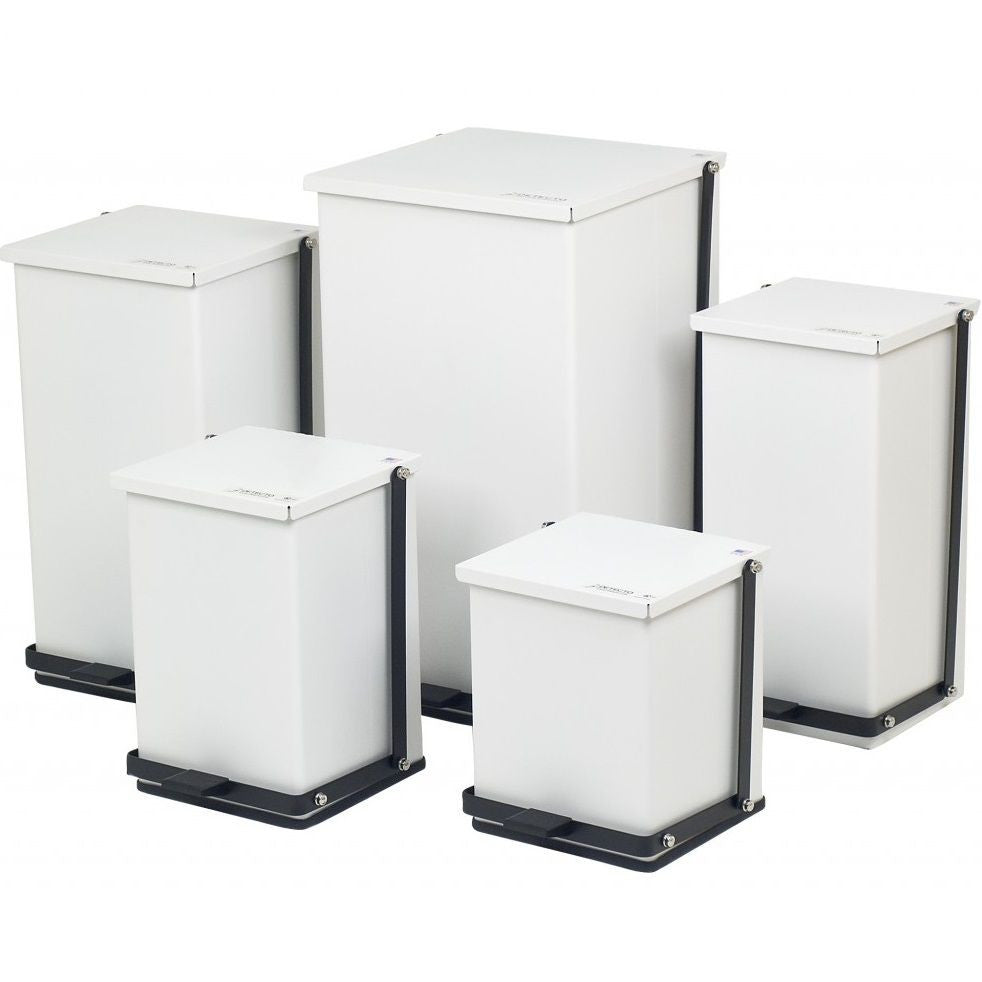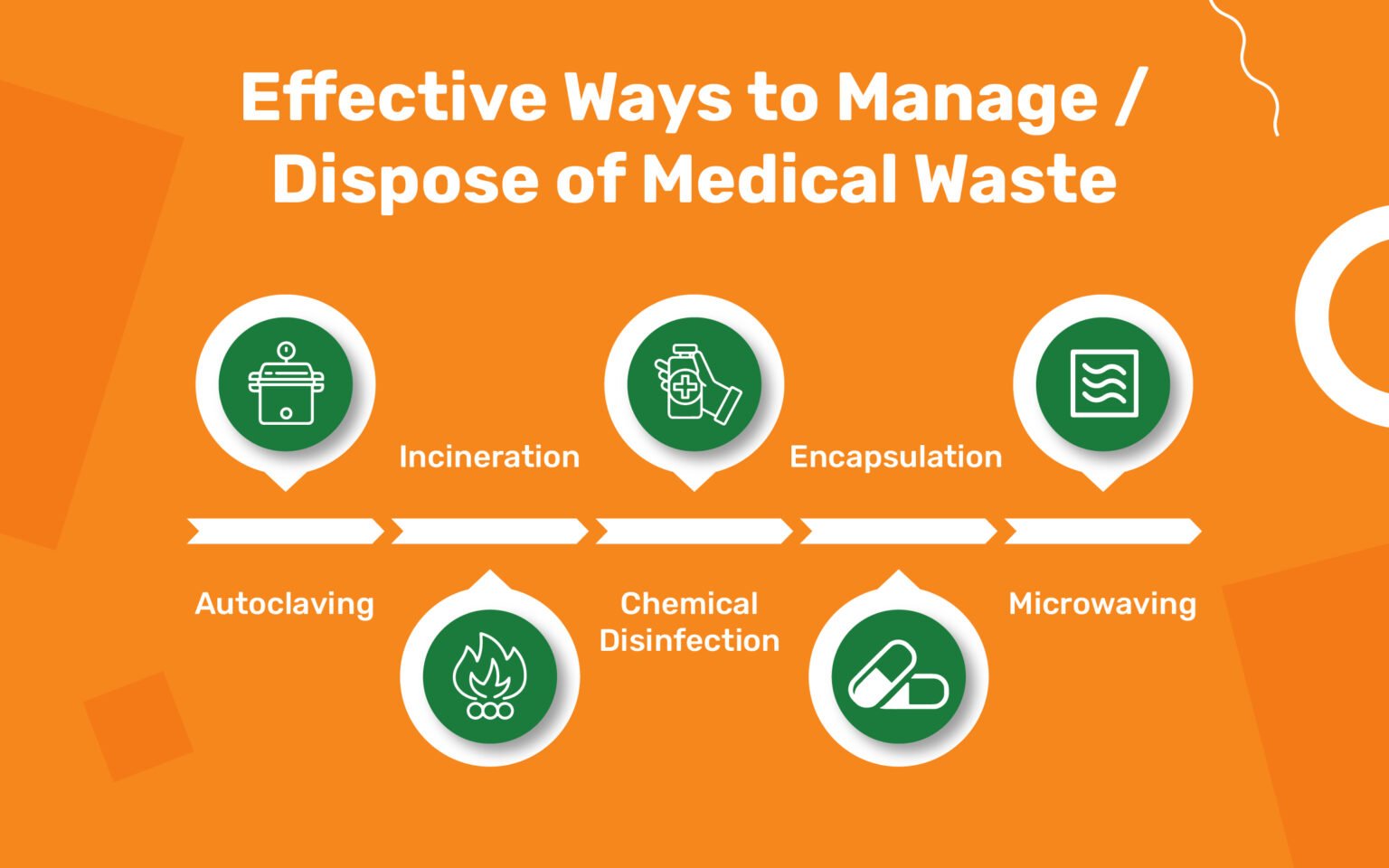Medical Waste Removal Quality: Elevating Security Criteria in Your Center
Medical Waste Removal Quality: Elevating Security Criteria in Your Center
Blog Article
Stay Ahead of Laws: Specialist Suggestions on Medical Waste Disposal
In a world where the medical care market is regularly progressing, it is critical for clinical facilities to remain ahead of guidelines when it comes to the proper disposal of medical waste. From comprehending the different classifications of medical waste to carrying out the ideal collection and partition methods, this discussion will provide actionable pointers and important understandings to assist centers stay in advance of guidelines in the ever-changing landscape of medical waste disposal.
Recognizing Medical Waste Categories
Recognizing medical waste categories is crucial for appropriate disposal and management in health care facilities. Clinical waste describes any waste generated by medical care activities that might pose a hazard to public health or the atmosphere. It is vital to categorize clinical waste properly to ensure its risk-free handling, transport, therapy, and disposal.
There are numerous groups of clinical waste that health care centers require to be acquainted with. The most typical categories include transmittable waste, pathological waste, sharps waste, pharmaceutical waste, and chemical waste. Each classification has specific guidelines and laws for its correct monitoring and disposal.
Infectious waste includes materials polluted with blood or various other bodily fluids, such as gloves, gowns, and lab societies. Pathological waste describes human tissues, organs, or body parts that need special delivery and disposal. Sharps waste includes used needles, syringes, and various other sharp things that can create injury and send infections. Drug waste consists of expired, unused, or contaminated drugs that need careful handling and disposal. Finally, chemical waste consists of solvents, anti-bacterials, and various other chemical compounds utilized in health care facilities.
Staying Up-To-Date With Regulatory Modifications
Staying present with regulatory changes is crucial for health care facilities to guarantee compliance and correct monitoring of clinical garbage disposal. medical waste removal near me. With guidelines regularly evolving, it is crucial for medical care centers to stay up-to-date to stay clear of charges, fines, and potential injury to the atmosphere and public health
To remain ahead of governing adjustments, health care centers must establish a system for surveillance and tracking updates. This can be done by subscribing to governing newsletters, participating in seminars and workshops, and actively taking part in market organizations. Furthermore, centers must assign a team member or team in charge of staying notified and distributing details to appropriate stakeholders.
Regular communication with governing firms is likewise important. Health care centers should develop connections with local, state, and federal companies to ensure they know any type of adjustments in laws that may affect their waste monitoring practices. This can be done through normal conferences, participation in public comment durations, and aggressive involvement with regulatory companies.
Moreover, medical care facilities need to think about partnering with waste management business that concentrate on clinical garbage disposal (medical waste disposal services with WasteX). These firms are usually fluent in the most up to date guidelines and can supply guidance and support to guarantee compliance
Carrying Out Correct Collection and Segregation Techniques
To successfully take care of clinical garbage disposal, medical care centers must develop appropriate collection and segregation approaches based on regulative standards. Applying these approaches makes certain the secure handling and disposal of possibly dangerous products, protects the setting, and minimizes the threat of injuries and infections to medical care employees and the basic public.
Appropriate collection and segregation methods include using designated containers and labeling systems. Healthcare centers must supply clearly identified containers for different sorts of clinical waste, such as sharps, contagious waste, pharmaceutical waste, and non-hazardous waste. These containers ought to be color-coded and plainly significant to prevent confusion and advertise simple identification.
Additionally, medical care facilities should educate their personnel on the correct treatments for accumulating and setting apart medical waste. This consists of informing them on the different sorts of waste, the proper containers to utilize, and the value of following regulations and standards. Regular training sessions and refresher training courses ought to be performed to make sure that employee continue to be updated on finest methods.
Additionally, healthcare centers should develop a system for regular collection and disposal of clinical waste. This might involve partnering with qualified waste administration firms that focus on clinical waste disposal. These companies will certainly ensure that the gathered waste is transferred and disposed of in compliance with governing demands.
Picking the Right Disposal Techniques

Incineration is one of the most common and effective approaches for dealing with specific kinds of medical waste, such as pathological waste and sharps. It includes the controlled burning of waste at high temperature levels, reducing it to ash. Incineration can release harmful pollutants right into the air and add to air contamination.

Various other disposal methods consist of chemical treatment, microwave therapy, and landfilling. Chemical treatment entails using chemicals to sanitize and neutralize the waste. Microwave therapy uses microwave energy to warmth and sanitize the waste. Landfilling includes hiding the waste in a designated land fill area (medical waste disposal services with WasteX). However, landfilling ought to be the last hotel as a result of the possible risk of contamination to soil and groundwater.
Making Certain Conformity Via Documents and Training
After meticulously considering the appropriate disposal methods for clinical waste, health care centers need to make sure conformity with guidelines and lessen environmental impact by executing effective paperwork and training procedures. This step is important in preserving a lasting and safe setting for both medical care workers and the public.

Healthcare workers that handle medical waste needs to obtain proper training on waste partition, managing, and disposal treatments. By supplying detailed training, health care facilities can equip their staff to make enlightened choices and decrease the danger of incorrect waste disposal.
Final Thought
In conclusion, staying in advance of regulations in medical waste disposal is essential for healthcare centers. medical waste removal service. Understanding the various classifications of medical waste, remaining upgraded with regulatory changes, applying appropriate collection and segregation methods, picking the proper disposal methods, and making sure conformity with documentation and training are all crucial actions. By complying with these guidelines, medical care organizations can properly handle and dispose of clinical waste in a safe and liable way
From understanding the different categories of clinical waste to implementing the appropriate collection and segregation approaches, this discussion will certainly supply important understandings and actionable ideas to aid centers remain ahead of guidelines in the ever-changing description landscape of medical waste disposal. - medical waste disposal services with WasteX
The most typical classifications consist of transmittable waste, pathological waste, sharps waste, pharmaceutical waste, Click This Link and chemical waste. Healthcare facilities should offer clearly labeled containers for different types of medical waste, such as sharps, contagious waste, pharmaceutical waste, and non-hazardous waste. Health care facilities ought to establish a detailed system to tape and track all aspects of medical waste disposal, including kinds of waste produced, amounts, and disposal techniques utilized. Medical care employees who manage medical waste must obtain ideal training on waste partition, taking care of, and disposal treatments.
Report this page